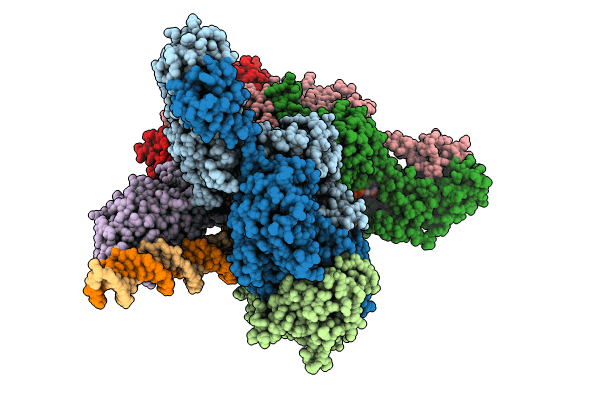
Deposition Date
2023-03-23
Release Date
2024-07-31
Last Version Date
2024-07-31
Entry Detail
PDB ID:
8GLX
Keywords:
Title:
CryoEM structure of the TnsC(1-503)-TnsD(1-318)-DNA complex in a 6:2:1 stoichiometry from E. coli Tn7
Biological Source:
Source Organism:
Escherichia coli (Taxon ID: 562)
Host Organism:
Method Details:
Experimental Method:
Resolution:
3.88 Å
Aggregation State:
PARTICLE
Reconstruction Method:
SINGLE PARTICLE


